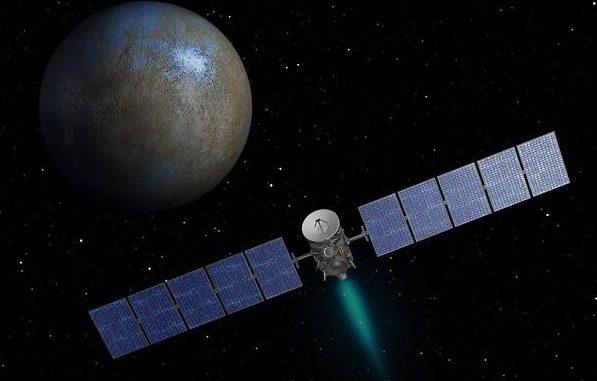
NASA shared a stunning image of a globular cluster taken by its Hubble Space Telescope. A globular cluster is a group of stars that’s tightly bound and held together by gravity. In a rather poetic manner, NASA wrote in the caption, “Is gravity the only thing keeping you together? Then you might be a globular cluster.” The globular cluster in the photo shared on Instagram is located in the constellation Sagittarius, NASA elaborated.
Such a globular cluster can contain a multitude of stars, including ones that are as old as the universe itself. While NASA’s Hubble Space Telescope brought a sea change in how these star clusters were examined, its Webb Telescope will now use its infrared vision to take a deeper look. The latter will study the interiors of these stars in depth, so that scientists are able to understand these stellar relics of cosmic history better.
The glittering stars in the photo are thousands in number, and are of varying sizes and temperatures.
“Omg now I can’t stop looking how beautiful❤️❤️❤️,” an Instagram user commented. “I need wallpaper of this picture seriously 😭😍❤,” wrote another.
Most big discoveries made by astronomers can be credited to the Hubble Telescope. Even after being deployed for over 30 years now, the telescope has not stopped and continues to astound people. Recently, it added another feather into its cap by capturing the largest near-infrared image ever. The image covers a massive area. As per researchers, it can help in understanding star-forming regions of the universe and extremely distant galaxies. Named as 3D-DASH, the image contains many stars and several other celestial objects. In a statement released by University of Toronto, Lamiya Mowla, the lead author on the paper, said that since the launch of the Hubble Space Telescope more than 30 years ago, it has led a “renaissance in the study” of how galaxies have changed in the last 10 billion years of the universe. She further added that the 3D-DASH program extended Hubble’s legacy in wide-area imaging.
The 3D-DASH program gives researchers a complete near-infrared survey of the entire COSMOS field. This happens to be one of the richest data fields for extragalactic studies beyond the Milky Way. Near-infrared is the longest and the reddest wavelength observed with Hubble.

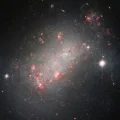
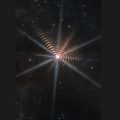
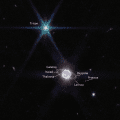
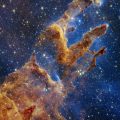
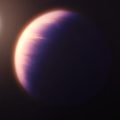
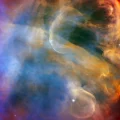

Leave a Reply